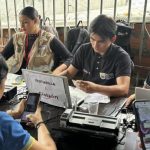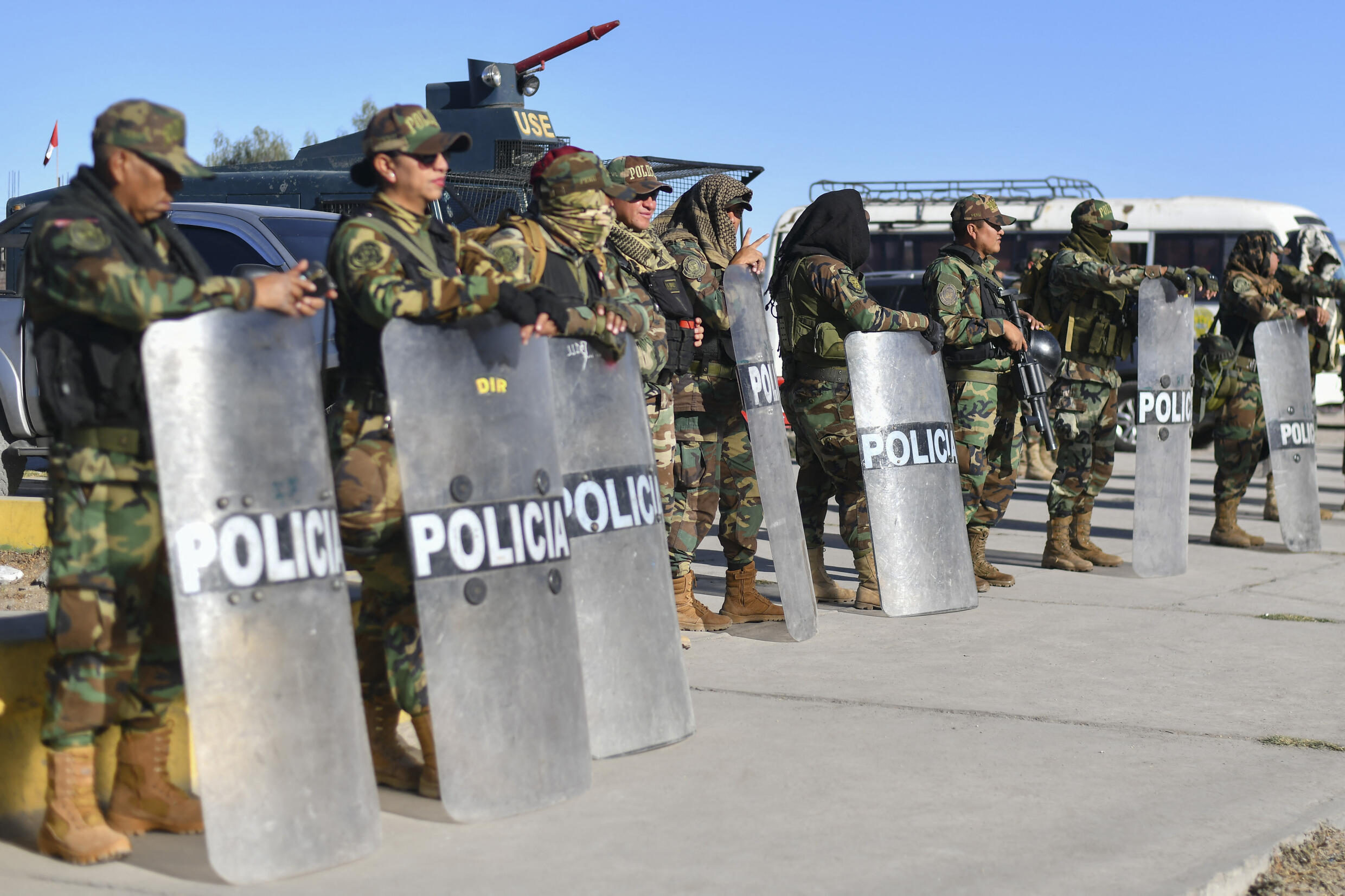The protesters are also calling for the release of those detained in past violent protests that left at least 50 people dead. Although it is not a general call among the disaffected, they also demand the release of former President Pedro Castillo. The day before, the president, Dina Boluarte, called the conveners to dialogue and pointed out the mobilizations to have a political agenda in the background.
First modification:
4 min
A new call to protest in the streets to demand the resignation of the Peruvian president, Dina Boluarte. The call to mobilize came from union, political and social organizations, who also demand the closure of Congress, the formation of a Constituent Assembly and the call for general elections.
The signs of discontent are considered a continuation of the protests that began with the arrest of former President Pedro Castillo, after trying to close the legislative body. That is why, in addition to demanding the release of the ex-president, many are calling for the release of those detained in the marches that took place between December 2022 and March of this year.
Crime Prevention Prosecutors of Northwest Lima verify the mobilization of dozens of citizens who are heading -peacefully- towards the center of Lima along the North Pan-American Highway. In addition, they carry out preventive procedures in Pachacútec, Mi Perú and Villa Los Reyes. pic.twitter.com/eeO2Jir2RC
– Public Ministry (@FiscaliaPeru) July 19, 2023
At this point, the EFE news agency highlights that Castillo’s release is not a unanimous claim. This has highlighted the differences between those who are on the streets today. The Peruvian National Police estimated that some 4,000 people will protest in Lima, the capital, where twice as many law enforcement officers were available.
The first confrontations of magnitude occurred in the city of Huancavelica, located in the department of the same name. Security forces charged a group of protesters, who responded by throwing stones. Local media reported that the event did not have a greater connotation and that the protest continued peacefully.
Among other minor events, the authorities report the blockade of transit routes, some seven highways, and the arrest of several people for acting against public order. A dozen homemade weapons were seized from one of them. Some 24,000 police officers were deployed nationwide to prevent disorder.
Dina Boluarte called for dialogue
The president of Peru, Dina Boluarte, spoke the day before before the announcements of demonstrations. Ella Boluarte affirmed that she would not allow any “threat to democracy or the rule of law” and she pointed out that the call has a political nuance. According to the head of state, her government will respect “peaceful protest marches”, while “acts of violence” will not be allowed.
President Dina Boluarte emphasized that all Peruvians who love their homeland hope that tomorrow’s mobilization will be within the constitutional framework, a peaceful march, without generating violence, chaos or crisis, or wanting to lead anarchism in the country. #Let’s go ahead pic.twitter.com/FHv0WcIWIk
– Presidency of Peru ?? (@presidenciaperu) July 18, 2023
On the same day, the local news outlet ‘RPP’ made it known on the eve that the president made a call to the protagonists of the “taking of Lima”, the Peruvian capital, to develop a dialogue with the Executive. This under the condition that it is carried out when the discontents have a “social agenda platform”.
In another moment of her speech, the Head of State, quoted by ‘RPP’, emphasized that Peruvians are witnesses that their Government, “from the first minute, has only dedicated itself to resolving minute by minute the problems that afflict the country.” For his part, the Peruvian Prime Minister stressed that “The right to mobilization, the right to protest, has the most importance in a constitutional state of law. These rights are inherent to democracy, but like any right, it is not an absolute right. The only right is the right to life, ”he concluded.
The genesis of discontent
Former President Castillo’s attempt to close the Legislative was considered an attempted coup by various government entities. Their respective detention, added to a very low popularity of Congress, which a large part of Peruvians point to as the cause of the political instability that the country is experiencing -six presidents in just over four years- led to strong anti-government protests.
According to the Reuters agency, organizations and human rights groups have filed complaints about the excessive force used by the security forces. They are also accused of abuse of power and allegedly committing extrajudicial executions. At least 50 people died in at least three months.
Last June, Dina Boluarte appeared before the prosecutor’s office after a summons to testify about the deaths and the actions of the authorities. Boluarte’s behavior is also under scrutiny under accusations of alleged crimes of “genocide, qualified homicide and serious injuries”, due to violent confrontations in various areas of the country such as Puno, Junín or Ayacucho. The dignitary may not be tried until the end of her term.
With Reuters and EFE












